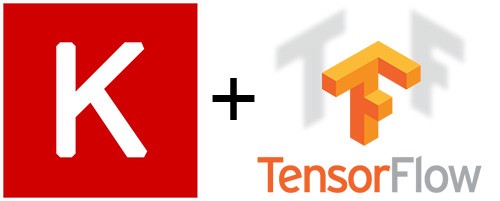
Deep learning is a type of machine learning that uses neural networks with multiple layers, called deep neural networks, to analyze and understand complex data, such as images, speech, and text. In this essay, we will be discussing how to set up a deep learning model using Keras, a popular open-source library for building deep learning models.
First, you will need to gather a dataset for your model to learn from. This dataset should include examples of the input data and the corresponding output data, and should be split into a training set and a test set.
Next, you will need to preprocess your data by normalizing or scaling the values, and possibly also transforming the data into a format that can be used by the model.
Once your data is ready, you can start building your model using Keras. Keras provides a high-level, user-friendly API that makes it easy to build deep learning models. To create a deep learning model, you will need to use a type of model called a “Sequential” model. This type of model allows you to stack layers of artificial neurons on top of each other to build a deep neural network.
In Keras, you can create a deep learning model by using the “Sequential” model and adding layers to it. The first layer is typically an “input” layer, which defines the shape of the input data. The next layer(s) is called the “hidden” layer(s), which learn to extract features from the input data. The final layer is the “output” layer, which outputs the predicted output.
After creating your model, you will need to compile it by specifying the loss function and optimizer to use. The loss function measures how well the model is doing, and the optimizer updates the model’s weights to try to improve its performance.
Finally, you will need to train your model by providing it with your training data and specifying the number of training iterations (also called “epochs”). The model will use this data to learn the relationships between the input data and the desired outputs.
After training your model, you can use it to make predictions on new examples by providing it with input data and calling the “predict” function. You can also evaluate its performance on the test set by calling the “evaluate” function.
In summary, setting up a deep learning model in Keras involves gathering a dataset, preprocessing the data, building a model using the Sequential model, compiling the model by specifying the loss function and optimizer, and training the model using the training data. Once the model is trained, it can be used to make predictions on new examples and evaluate its performance.
In this Applied Machine Learning & Data Science Recipe (Jupyter Notebook), the reader will find the practical use of applied machine learning and data science in Python programming: How to setup a Deep Learning Model in Keras.
What should I learn from this recipe?
You will learn:
- How to code a keras and tensorflow model in Python.
- How to setup a sequential deep learning model in Python
- How to create simulated data using scikit-learn.
- How to deal with runtime warnings.
- How to create training and testing dataset using scikit-learn.
- How to train a tensorflow and keras model.
- How to report confusion matrix.
350+ End-to-End projects in Python & R to build your Data Science portfolio.
Introduction to Applied Machine Learning & Data Science for Beginners, Business Analysts, Students, Researchers and Freelancers with Python & R Codes @ Western Australian Center for Applied Machine Learning & Data Science (WACAMLDS) !!!
Use this coupon – WACAMLDS80 to get 80% discount on Applied Data Science Coding Recipes at WACAMLDS.
Western Australian Center for Applied Machine Learning & Data Science – Membership
How to setup a Deep Learning Model in Keras:
Latest end-to-end Learn by Coding Recipes in Project-Based Learning:
All Notebooks in One Bundle: Data Science Recipes and Examples in Python & R.
End-to-End Python Machine Learning Recipes & Examples.
End-to-End R Machine Learning Recipes & Examples.
Applied Statistics with R for Beginners and Business Professionals
Data Science and Machine Learning Projects in Python: Tabular Data Analytics
Data Science and Machine Learning Projects in R: Tabular Data Analytics
Python Machine Learning & Data Science Recipes: Learn by Coding
R Machine Learning & Data Science Recipes: Learn by Coding
Comparing Different Machine Learning Algorithms in Python for Classification (FREE)
Subscribe SETScholars on YouTube.
Western Australian Center for Applied Machine Learning & Data Science – Membership
IRIS Flower Classification using Logistic Regression Classifier